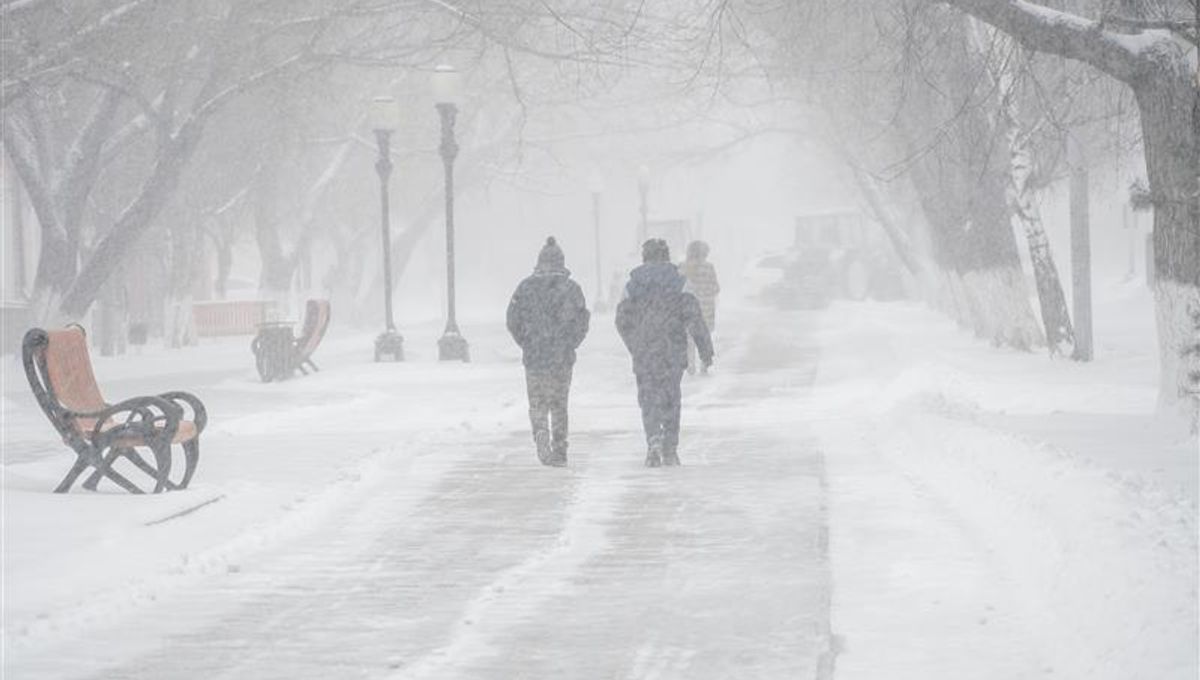
There is a 60 percent chance that a La Niña event may develop this year, which could last until March 2025.
La Niña is part of a climate cycle that causes extreme weather shifts across the world, with its effects varying from place to place. It is the cool phase of the El Niño-Southern Oscillation that drives changes in wind and ocean temperatures in the Pacific.
During an El Niño (meaning “little boy” in Spanish), trade winds that usually travel across the Pacific towards Asia weaken, which causes warm ocean waters to accumulate across the western edge of the Americas. However, in La Niña (“little girl”), these trade winds grow stronger, bringing cold water from the ocean depths to the surface (a process called “upwelling”), which produces cooler temperatures in the eastern Pacific. These colder temperatures then impact the position of the jet stream – a core strong wind that blows across the planet from west to east – which is pushed further north.
Once this shift in the jet stream occurs, storms become wetter as they take up more moisture from the ocean. This tends to produce more droughts in the southern US and heavy rain and flooding in the Pacific Northwest and Canada. La Niña can also lead to harsher hurricane seasons.
Generally speaking, El Niño occurs more frequently than La Niña, but between 2020 and 2023, the world witnessed a rare “triple-dip” La Niña event.
“We had three back to back winters where we had La Niña conditions, which was unusual because the only other case of that happening was back in 1973 to 1976,” Michelle L’Heurex, a climate scientist at the National Oceanic and Atmospheric Administration’s (NOAA) Climate Prediction Center, told AP.
Although it looks like a fourth La Niña event is on its way, forecasters believe it will be a weaker one as it appears to be developing later in the season than usual. However, many models do seem to indicate that it is coming.
“As a result of the warmer predictions and the recent weakening of equatorial trade winds, the team still favors a weak event, but has lowered the chances of La Niña”, NOAA explains. “A weaker La Niña implies that it would be less likely to result in conventional winter impacts, though predictable signals could still influence the forecast guidance.”
“In summary”, they say, “La Niña is favored to emerge in September-November (60 percent chance) and is expected to persist through January-March 2025.”
Source Link: It Looks Like A La Niña Event Is Coming. Here's How It Will Influence US Weather